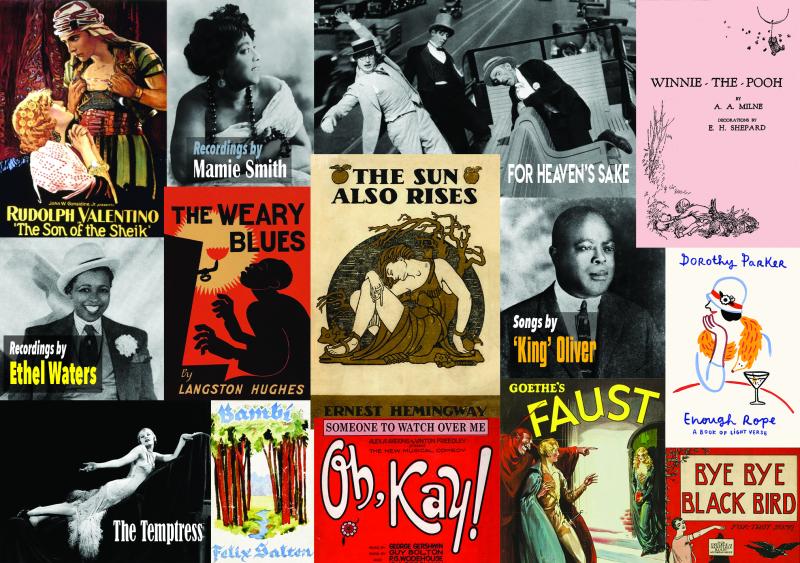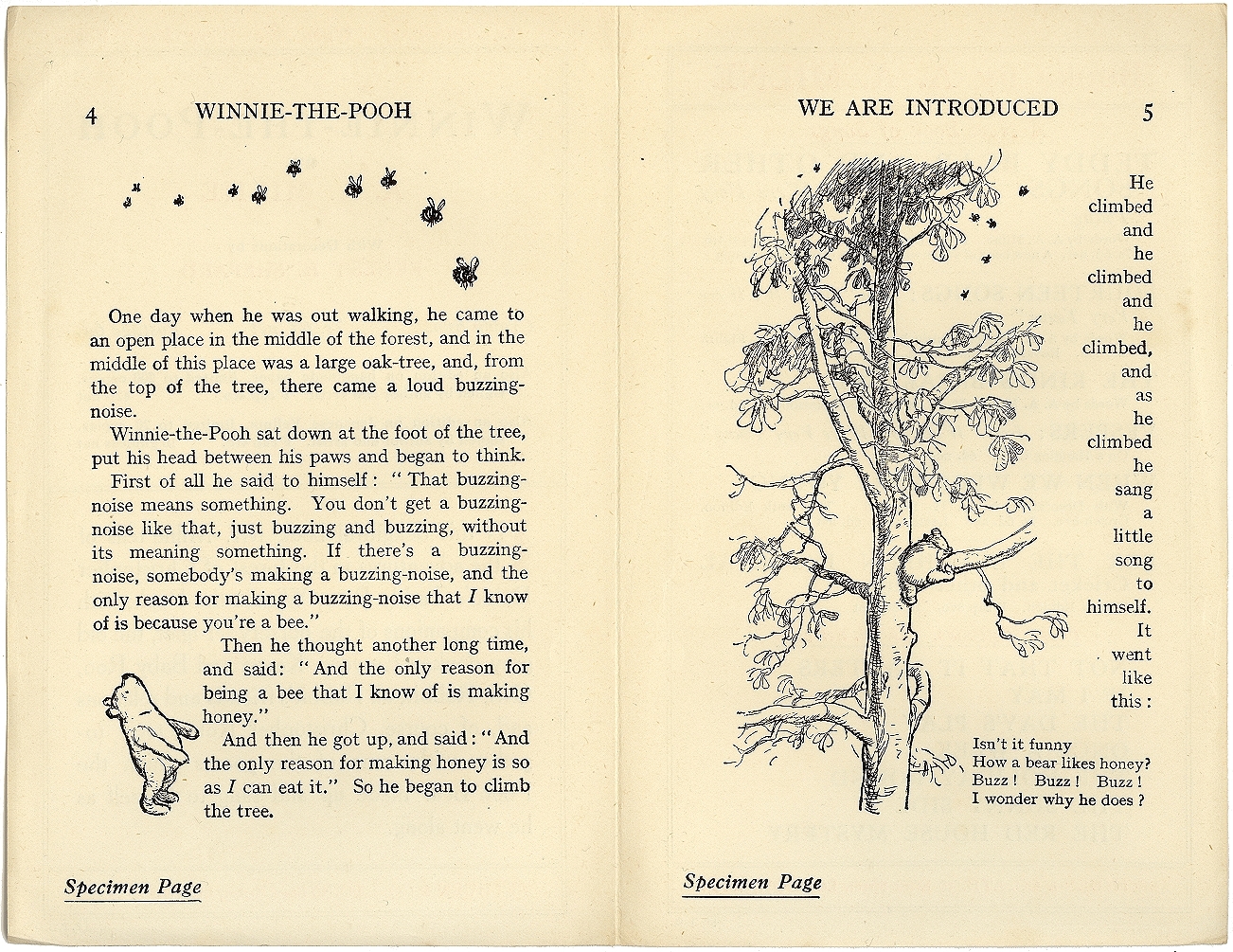I don’t think I’m tangible to myself. I mean, I think one thing today and I think another thing tomorrow. I change during the course of a day. I wake and I’m one person, and when I go to sleep I know for certain I’m somebody else. I don’t know who I am most of the time. It doesn’t even matter to me. – Bob Dylan, 1997 Newsweek interview
A too-cool-for-school rock star emerged from seemingly nowhere when Bob Dylan went electric at Newport with his touring band, the Band — a Dylan unrecognizable to the earnest folkies who followed Bob Dylan the Greenwich Village troubadour and protest singer. Where did the real Dylan go — the Dylan every singer/songwriter with an acoustic guitar tried to become, until the coffee shop scene sagged with thousands of Dylan-wannabees? Dont Look Back, warned D.A. Pennebaker’s 1967 documentary on Dylan in his mid-sixties heyday.
“Don’t look back. Something might be gaining on you,” said Satchel Paige, giving Pennebaker his title and Dylan a career outlook. Those who stay stuck in the past — even the very recent past — would never get it, like Mr. Jones in “Ballad of a Thin Man,” a song critic Andy Gill described as “a furious, sneering, dressing-down of a hapless bourgeois intruder into the hipster world of freaks and weirdoes which Dylan now inhabited.” Those who looked for answers found them blowing in the wind, even when they went straight to the source.
Just above, see the only fully televised press conference Dylan ever gave, for KQED, the educational TV station in San Francisco. In attendance were members of the local and national press, reporters from several high school papers, Dylan’s entourage, and famous friends like Allen Ginsberg and promoter Bill Graham. It’s as much a performance as the next night’s show at the Berkeley Community Theater would be. “The questions,” notes Jonathan Cott, editor of The Essential Interviews, “ranged from standard straight press and TV reporters’ questions to teenage fan club questions to in-group personal queries and put ons, to questions by those who really had listened to Dylan’s songs.”
Dylan’s demeanor during the interview was perfectly captured by Cate Blanchett’s Oscar-nominated performance of a character named “Jude Quinn” in Todd Haynes’ 2007 art-house biopic, I’m Not There. In scenes inspired by the KQED press conference, Blanchett-as-Quinn toys with the press, just as Dylan threw labels like “folk rock” back at them and refused to get drawn into discussions of philosophy or politics. “I think of myself more as a song and dance man, y’know,” he says in mock self-effacement, his gaze impenetrable behind Ray-Bans and clouds of cigarette smoke.
Dylan liked I’m Not There, a film that tells his story through six fictional characters, played by six different actors. (“Do you think that the director was worried that people would understand it or not?” he said. “I don’t think he cared one bit.”) Unlike “Jude Quinn,” his post-folk manifestation in the mid-sixties did not burn out and die in a motorcycle accident, and he didn’t sneer at every question, though he did say he wrote “Ballad of a Thin Man” as a “response to people who ask me questions all the time. You just get tired of that every once in a while.… I figure a person’s life speaks for itself, right?”
But precisely what we do not find in Dylan’s music is biography. He keeps his interviewers (including Ginsberg, at 33:00 and Graham, at 25:31 ) guessing, often grasping after a soundbite that will sum up the new sound and image. Perhaps the most truthful one he gives them comes in response to the question, “What are you thinking about right now?” Dylan stares down at his cigarette, and the now-Nobel-prize-winning singer/songwriter says, “I’m thinking about this ash… the ash is creeping up on me somewhere — I’ve lost — lost touch with myself so I can’t tell where exactly it is.”
Read a full transcript of the press conference here.
Related Content:
Tangled Up in Blue: Deciphering a Bob Dylan Masterpiece
Josh Jones is a writer based in Durham, NC. Follow him at @jdmagness





